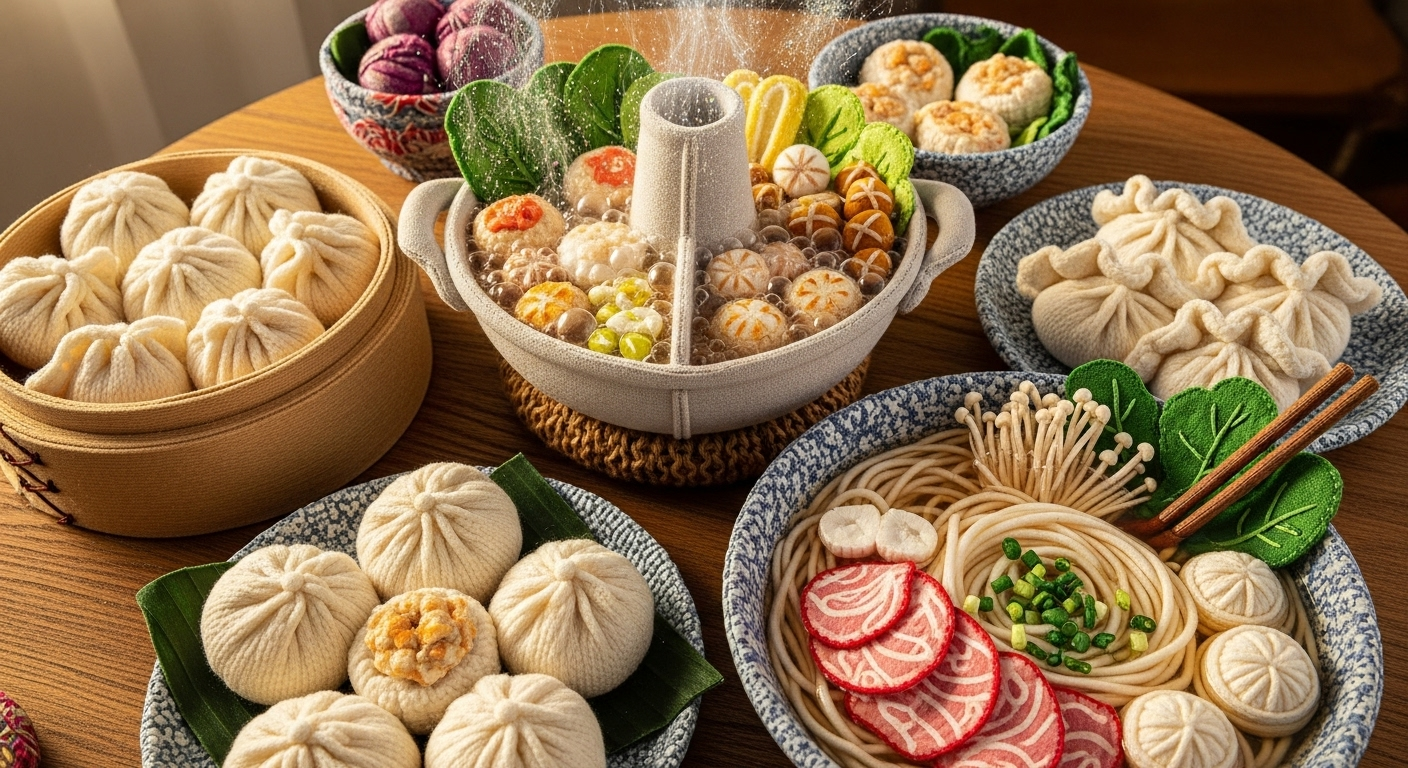As I was sitting by the digital pond, scrolling through the endless currents of online discourse, a particularly intriguing thought-fly landed squarely on my virtual lily pad. It buzzed with a question many of us have pondered: Why do East and Southeast Asian countries consistently boast some of the lowest obesity rates in the world, despite often consuming diets rich in carbohydrates?
For years, Western media cycles have churned out countless diet trends – keto, paleo, intermittent fasting, carnivore, “cut the carbs!” – all while seemingly missing a glaringly obvious factor. We’re often told it’s genetics, or perhaps lifestyle, but what if the real secret is far simpler, and literally right under our noses?
The Unsung Hero: Water in Cooking
Seriously, it might just be water. When you look at the culinary landscape of East and Southeast Asia, a distinct pattern emerges: cooking methods predominantly revolve around water. Think noodle soups, steamed dumplings, steamed buns, hot pot, stews, curries, and countless fermented foods in brines. Steaming, boiling, brining, and braising are king.
Now, compare this to much of the rest of the world, where popular cooking methods like frying, baking, and grilling dominate. These methods typically remove moisture from food. To prevent dryness, that moisture is often replaced with fat – oils and dairy. This effectively makes foods denser, packing more calories into a smaller volume.
Volume vs. Density: A Culinary Showdown
Consider this: a cooked grain of rice is about 70% water by volume in Asia, whereas drier rice varieties elsewhere might only be 60%. Or take a liter of pho, a Vietnamese noodle soup. It weighs around 1200g and contains roughly 500-600 calories. Now, picture a typical Western burger: about 300g, but often packing 700-900 calories. And let’s not forget the usual companions – fries and a sugary drink – to truly satiate that hunger. With pho, you rarely need more than the bowl itself.
Vietnam: A Hydration Hotspot
Vietnam stands out with one of the lowest obesity rates globally, and it’s a country where water-centric meals are paramount. It’s common for Vietnamese people to eat some form of noodle or rice soup for breakfast, lunch, and dinner. Growing up, many households had a bowl of vegetable soup at every single meal, often made from leftover vegetable boiling broth. Even the sauces are typically water-based!
Across Asia, hot pot is a raging phenomenon, bringing people together around a simmering pot of broth. China’s dim sum culture heavily features steamed dishes for breakfast and lunch. And here’s a delightful thought: dessert soups! Yes, you read that right. These are often some of the healthiest dessert options, offering taste without the caloric density.
Bonus: Fat’s Foe – Water
There’s another clever trick at play. Oil and water don’t mix. When food is cooked with a lot of water, oil tends to separate and float to the top, making it easy to skim off. Many Asian cultures even parboil meat to remove scum and impurities, which also effectively removes a significant amount of fat, leaving a cleaner, leaner broth.
So, before you jump on the next diet bandwagon, perhaps it’s worth a contemplative moment. Could the secret to maintaining a healthy weight be as simple as embracing the humble, yet powerful, element of water in our cooking? It’s certainly something to ponder, perhaps over a comforting bowl of broth.
